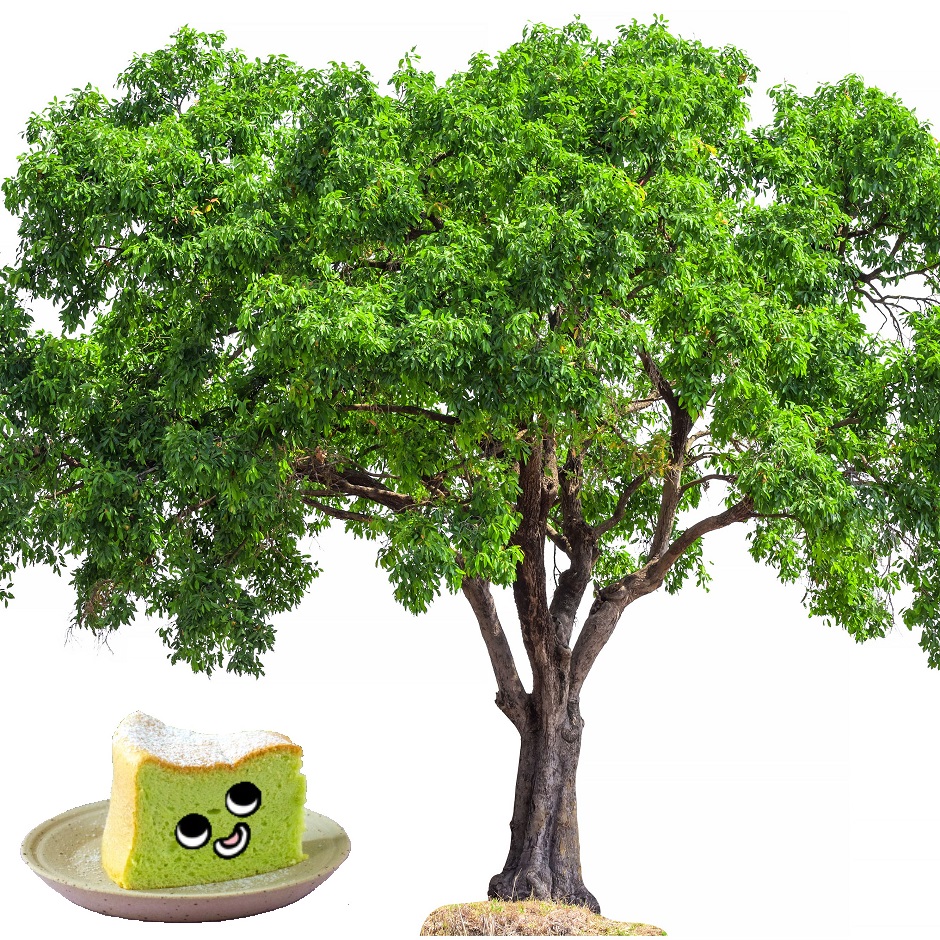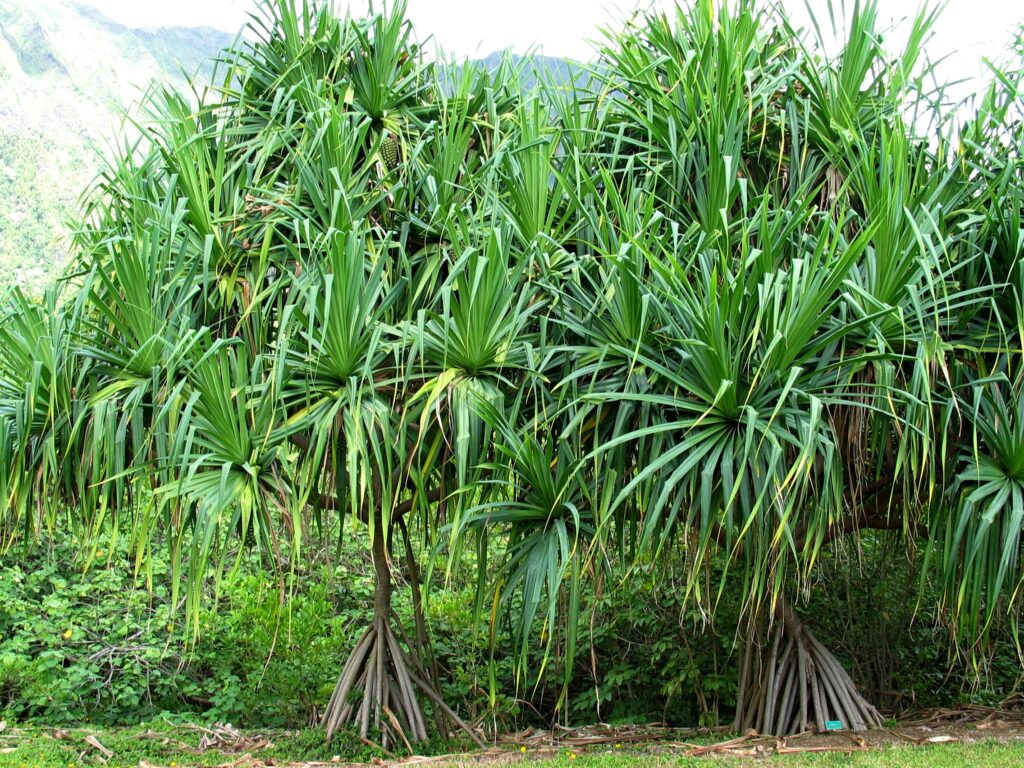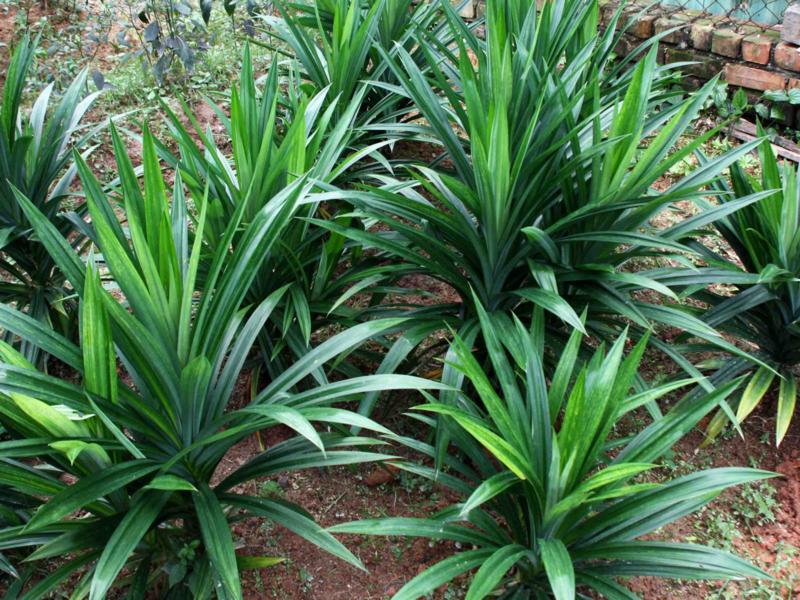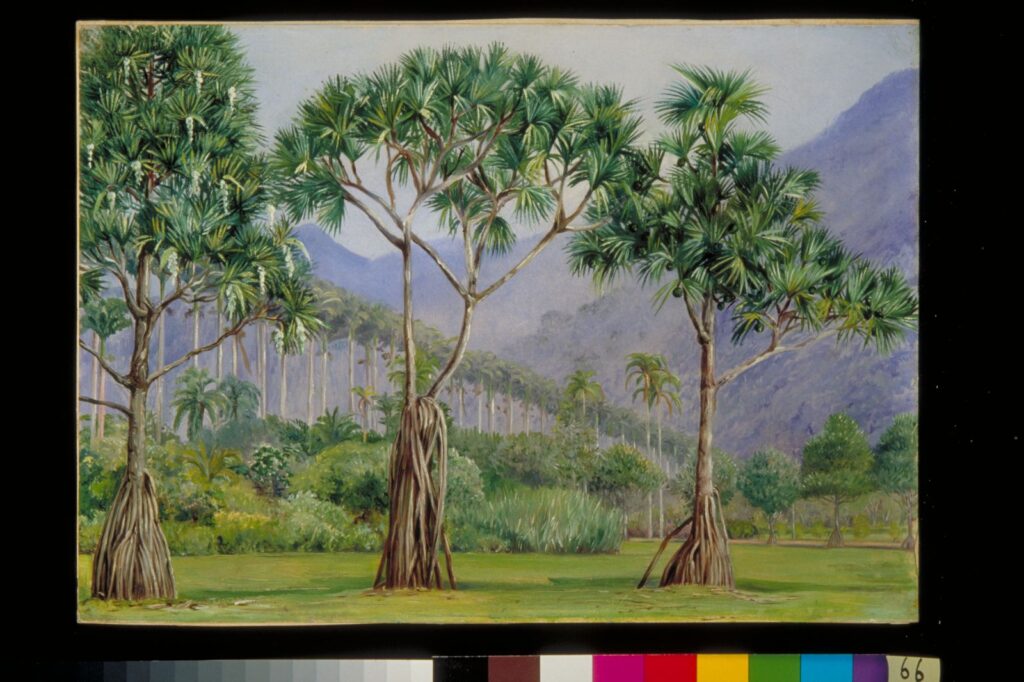Did you know pandan is a tree?

I was recently sent an image of a tree with stilt roots and long pointed leaves. It looked something like this.
Source: Wikipedia

Not the actual picture sent to me.
The sender asked, “What tree is this?”
And I told them, “Oh, it’s a Pandanus of some kind. I can’t tell you the species from your picture, but it is related to pandan you find in food.”
In hindsight, the next question was inevitable.
“Is pandan a tree?” asked the sender.
Good question. And after a little bit of research, yes. The humble pandan, used in Southeast Asia for its flavour, and sometimes as an insect repellent, is in fact a tree. We are talking about Pandanus amaryllifolius. There are around 750 other kinds of Pananus, so it pays to throw the scientific name out there.
The National Parks Board Flora and Fauna Web claims that pandan can grow up to 4.5 metres.
But take a look at a picture of a pandan plant, and you will likely find a tiny little thing. If you’re lucky, maybe you can find a pandan shrub that reaches up to your waist. They do not even compare to the stilt-rooted monsters.
Source: GardenDrum

No, really. We are trees.
So what is going on here?
Turns out, by harvesting the leaves from a pandan plant, we keep it small. Rarely will we come across a pandan plant in its tree form, because to be honest, if I had fresh pandan available, I too would be using it at every opportunity.
In fact, the only place I found a picture of a pandan tree, was from the Kew Royal Botanical Gardens website. It was an oil painting from 1880, and it looks like this.
Source: Kew Science

Pandan trees, painted by a dead person.
The title of the painting is interesting. ‘Screw Pines and Avenue of Royal Palms in the Botanic Gardens, Rio’, painted by Marianne North.
What we know as pandan in Singapore, are also called screw pines in other parts of the world. However, a quick look at the species distribution on the same page, shows that Pandanus amaryllifolius is not found anywhere near Rio de Janeiro, where the oil painting was made.
Source: Kew Science

They are literally oceans apart.
Bearing in mind there are about 750 species of Pandanus around the world, I have a nagging doubt that the oil painting may not actually be showing Pandanus amaryllifolius in its tree form, but some other screw pine.
Perhaps they brought a few specimens to Rio, back in the 1800s, specifically to be planted in their Botanical Gardens. I am sure whoever curates literature at the Kew Royal Botanical Gardens is much smarter than me, so I shall take their word, that this is in fact what a pandan tree looks like.
However, an oil painting is a poor substitute for the real thing. If anyone spots an actual pandan tree, I would be interested in seeing it in real life, and can be contacted at arbor5@csklandscape.com.
